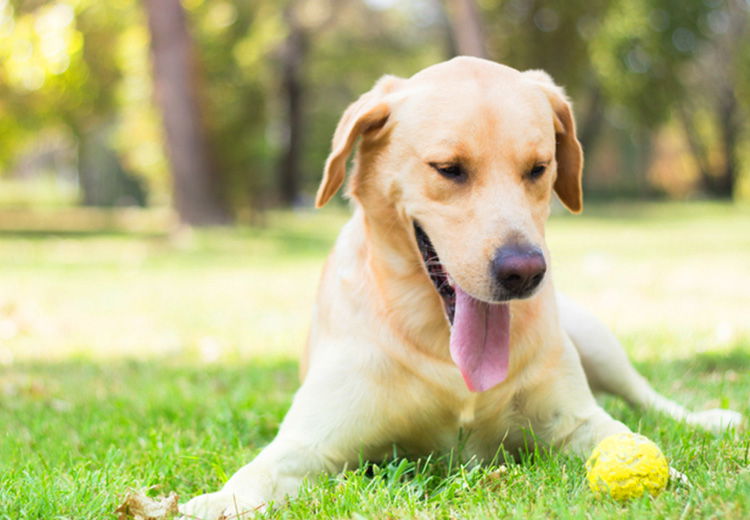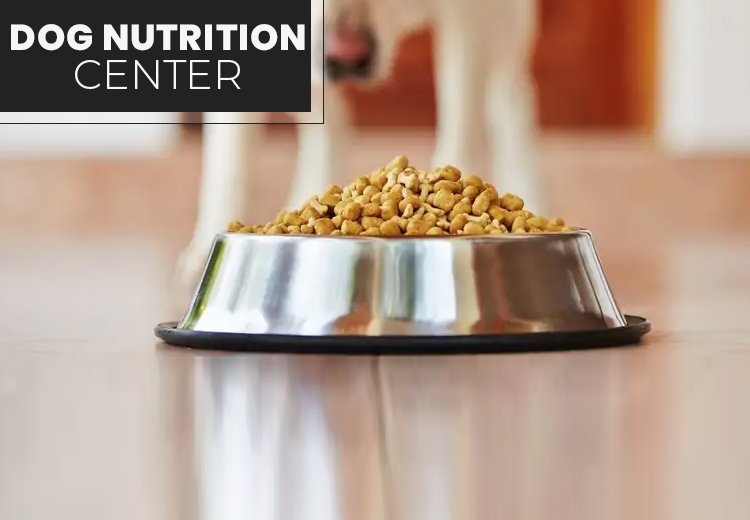Have you ever wondered, looking at your senior cat, how the time flew by? You got a little kitty companion home a few days ago, but in the blink of an eye, you see your elderly cat, right there, napping in front of you. And then a new worry kicks in: you begin to wonder what you can do differently to support your cat’s healthy ageing, prevent age-related health problems, and improve her quality of life.
As our feline friends grow older, their health needs change. Just like us, they become more susceptible to certain health conditions. While it can be easy to dismiss certain signs as a part of ‘slowing down’ with age, it is important to detect illnesses early to prevent further problems. Understanding common illnesses in senior cats and recognising the warning signs can help you provide the best care possible.
Most Common Illnesses in Elderly Cats
Generally, a cat becomes a senior cat as it approaches age 10. This is when it is crucial to be extra careful about their health. Here are the top 7 common cat diseases that you should be aware of if you are caring for a senior cat and what you can do to prevent them.
1. Diabetes
Diabetes in cats is a condition that affects sugar metabolism. It is particularly more common in overweight senior cats and requires long-term management. While diabetes is manageable, untreated diabetes can lead to serious complications.
Signs for early detection:
- Increased thirst and urination
- Weight loss despite a good appetite
- Lethargy/weakness
- Loss of muscle mass
What you can do:
- Regular blood tests to monitor glucose levels.
- Maintain a healthy weight through a balanced diet and exercise.
- If diagnosed, insulin injections and a consistent feeding schedule will help manage the disease.
2. Arthritis
Almost all senior cats develop osteoarthritis at some of their lives, but it can often go unnoticed because cats are masters at hiding pain. Arthritis impacts your cat’s mobility and may even lead to joint pain, stiffness, and overall discomfort.
Signs for early detection:
- Limping or favouring one leg
- Reluctance to walk or climb stairs
- Difficulty in grooming certain body parts
- Increased aggressiveness and grumpiness
What you can do:
- Provide comfortable resting spots and non-slip mats to prevent slips and falls.
- Maintain a healthy weight through a balanced diet and exercise.
- Incorporate cat joint supplements into their routine diet.
3. Dental diseases
Most elderly cats are prone to dental problems like gum infections and tooth decay which are primarily caused by caries and tartar. When left untreated, dental diseases in cats can progress without obvious symptoms and can even lead to systemic health problems.
Signs for early detection:
- Bad breath (halitosis)
- Difficulty in eating
- Excessive drooling
- Pawing at the mouth or face
- Stained teeth or bleeding gums
What you can do:
- Professional dental cleanings and checkups by a vet.
- Offer cat dental treats or toys to support their dental health.
- Brush their teeth regularly with a toothpaste and toothbrush for cats.
4. Chronic kidney disease
Chronic kidney disease (CKD) is a common cat disease in older felines. It occurs when the kidneys lose their ability to filter waste and balance fluids in the body. Unfortunately, CKD is irreversible, but with early diagnosis and treatment, you can prevent the progressive loss of kidney function.
Signs for early detection:
- Increased urination or thirst
- Poor coat quality
- Unexplained weight loss
- Loss of appetite
What you can do:
- Regular vet checkups to monitor kidney function.
- Provide a tailored diet for cat kidney health (often low in certain minerals).
- Ensure sufficient hydration with tracked water intake and wet cat foods.
5. Hyperthyroidism
Hyperthyroidism is a common endocrine disorder in older cats caused by an overproduction of thyroid hormone. It is one of the most common diseases in cats, which can speed up metabolism, causing various complications like heart failure, chronic kidney disease, and damage to vital organs.
Signs for early detection:
- Weight loss despite a good appetite
- Increased appetite and thirst
- Excessive hair shedding
- Hyperactivity or restlessness
What you can do:
6. Heart diseases
As cats age, the ability of their heart to pump blood weakens, disrupting the normal blood flow. This leads to serious complications like improper heart functioning and blood clots, which cause paralysis, sudden pain, and vocalising.
Signs for early detection:
- Rapid breathing
- Coughing or gagging
- Weakness or lethargy
- Collapse or fainting episodes
What you can do:
- Regular veterinary exams like chest x-rays, echocardiograms, and blood pressure evaluations.
- Limit exercise, especially if your cat is showing signs of respiratory distress.
- Maintain a stress-free environment to minimise strain on your cat’s heart.
7. Hearing and vision loss
Hearing and vision loss is often a result of underlying medical problems like thyroid or blood pressure in older cats. Watching out for any changes in behaviour or responsiveness can help with early detection, offering more effective treatment options.
Signs for early detection:
- Bumping into objects
- Difficulty navigating in low lights
- Ignoring sounds
- Loud vocalisation
- Cloudy, uneven eyes
What you can do:
- Inspect your cat’s eyes/ears regularly and get them checked by a vet regularly.
- Offer ageing cat food that includes essential nutrients like taurine, which is essential for retinal health.
- Managing underlying health problems with prescribed treatment plans.
Over to you
Now that you know the common older cat health problems and how to spot them early, you can make all the difference in your whiskered friend’s quality of life by just keeping an eye out for the signs. By staying proactive with regular vet visits, monitoring changes in behaviour, and providing a supportive environment, you can help your senior cat enjoy their golden years with comfort and dignity.










































































